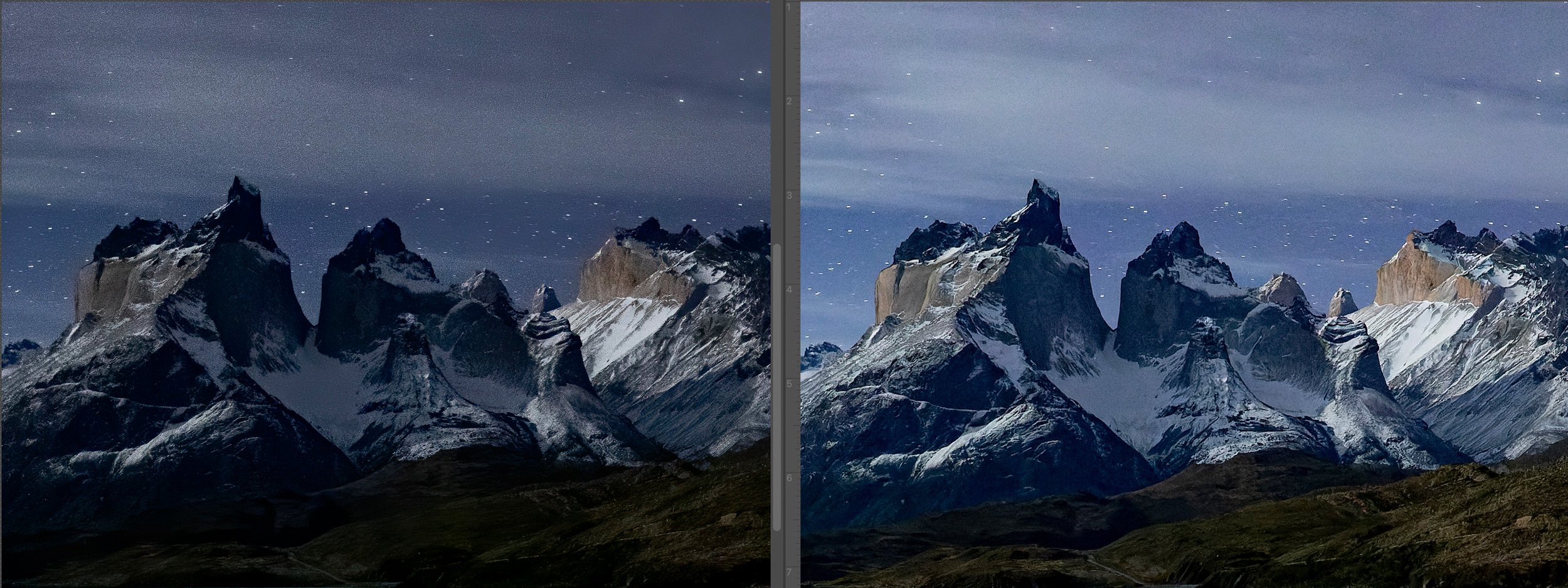

You keep all your edits, even if you use the PureRAW conversion after you’ve made them. If you’re converting a whole folder of images you can get on with something else while it’s at work, and if you’re sending an image from within Lightroom, it just means a short delay while you wait for it to come back.īut what happens if you’ve already done some editing in Lightroom and only then decide that you need a superior Linear DNG version? This is where it gets clever – the original (unedited) raw file will be send to PureRAW 2 for processing, and when it returns the editing metadata applied to the original will be applied to the DNG. You can expect to wait up to, say, a minute for each image to be processed – but this will vary considerably depending on your hardware. All you have to do is tell it which images you want it to convert and the conversion options you want – typically either JPEG or Linear DNG, and where you want the new images to be saved – and set it to work.ĭxO’s DeepPRIME processing is certainly faster, but still not fast. PureRAW 2 is extremely simple to use, partly because it doesn’t offer any image adjustments, just a conversion process.

(Image credit: Rod Lawton/Digital Camera World) (opens in new tab) The processing options are super simple – you can choose the processing method (DeepPRIME is slowest but best), the output format (JPEG or Linear DNG) and the location where you want the new files saved.


 0 kommentar(er)
0 kommentar(er)
